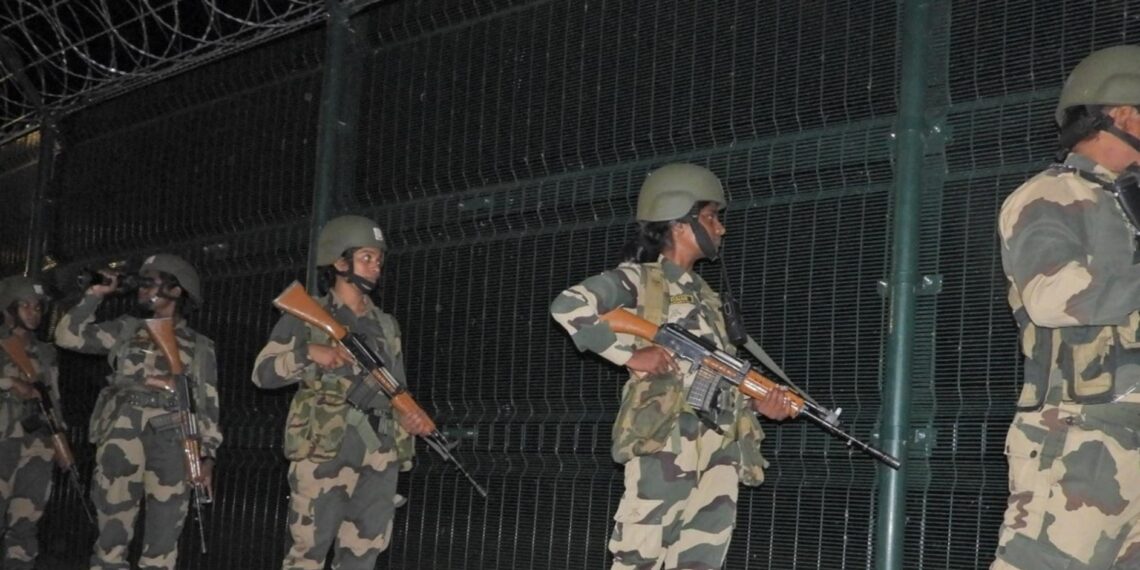New Delhi: Over the past 11 years, India has significantly ramped up its defence spending, with the annual budget rising from Rs. 2.53 lakh crore in 2013–14 to Rs. 6.81 lakh crore in 2025–26 — an increase of 2.6 times.
This substantial growth reflects the country’s strong focus on national security, military modernisation, and infrastructure development, according to a statement from the Ministry of Defence.
The Ministry credited strategic reforms, increased private sector involvement, and a drive for innovation as key factors contributing to India’s emergence as a self-reliant and globally respected defence exporter.
These efforts have not only strengthened the armed forces but have also spurred economic growth.
Government-private sector collaboration has been central to progress in areas such as aerospace, weapons systems, electronics, and naval technologies.
Policy initiatives like ‘Make in India’ and liberalised Foreign Direct Investment (FDI) norms have helped expand domestic manufacturing and attract international investments, significantly boosting defence exports.
In a recent address, Prime Minister Narendra Modi emphasized the growing effectiveness of Indian-made defence systems.
He cited Operation Sindoor, a recent military action against Pakistan, as proof of India’s rising military capability.
During the operation, Indian forces carried out precise strikes that destroyed terrorist hubs and inflicted serious damage on enemy airbases deep within Pakistan.
Highlighting the success of India’s air defence systems, Modi said Pakistan’s drones and missiles were easily intercepted and neutralised, while Indian drones and missiles conducted devastatingly accurate attacks.
He noted that within the first 72 hours of India’s counter-offensive, Pakistan suffered significant losses, leading it to seek international mediation to reduce tensions.
Modi further noted that Operation Sindoor showcased India’s strength in both desert and mountainous combat, and demonstrated leadership in modern warfare.
Central to the operation were domestically developed BrahMos missiles, which targeted and destroyed enemy air defences and installations.
ALSO READ: NDA registers overwhelming victory in Assam Panchayat elections
India’s integrated air defence network — including the S-400 Triumph systems, Barak-8 missiles, Akash Surface-to-Air Missiles, the Integrated Counter-UAS Grid, and technologies developed by the Defence Research and Development Organisation (DRDO) — played a critical role in thwarting incoming threats.
A notable feature of the operation was the successful deployment of SkyStriker kamikaze drones, co-developed by Adani Group’s Alpha Design Technologies and Israel’s Elbit Systems.
Manufactured in Bengaluru under the ‘Make in India’ initiative, these drones can loiter for up to two hours before striking with precision — marking a significant step in India’s quest for technological self-reliance in advanced warfare systems.















